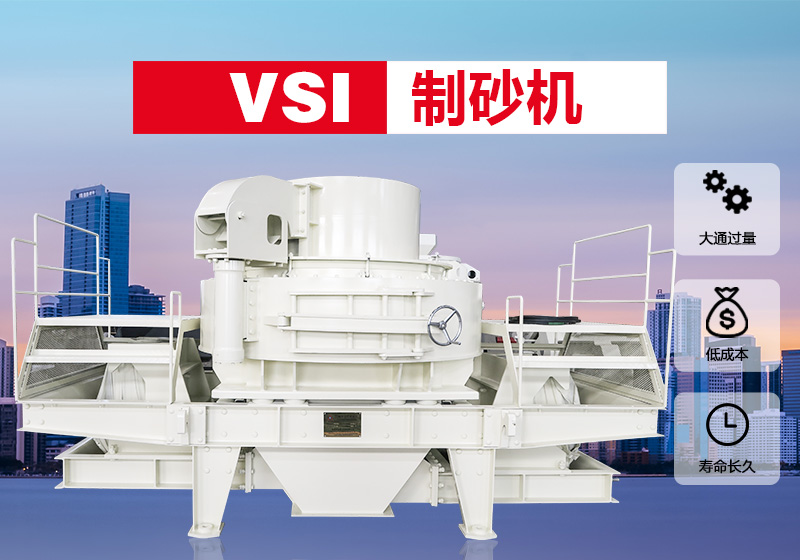1. Observe the indicator. Most hydraulic cone crushers are equipped with indicators or display screens to display the status of the hydraulic system, such as the readings on the pressure gauge or touch screen. The working status of the hydraulic cylinder can be judged by observing the changes in the values on the indicator.
2. Check the pressure. Use a pressure gauge to detect the working pressure of the hydraulic cylinder. A normal hydraulic cylinder should have a stable pressure value when working. If the pressure fluctuates greatly or cannot reach the set value, there may be a problem with the hydraulic cylinder.
3. Listen to the sound. A normally working hydraulic cylinder should be stable and silent during operation. If there is an abnormal sound (such as clicking, impact, etc.), it may be that the internal parts of the hydraulic cylinder are damaged or air has entered.
4. Check the action. Observe whether the action of the hydraulic cylinder is smooth. Slow or weak action may indicate that there is a fault inside the hydraulic cylinder.
5. Detect the temperature. Check the temperature of the hydraulic cylinder and oil circuit by touch or infrared thermometer. Abnormal temperature rise may mean overload or leakage.
6. Check for leaks. Carefully check whether there is oil leakage around the hydraulic cylinder of the hydraulic cone crusher. Hydraulic oil leakage may be a manifestation of damage to the hydraulic cylinder seal.






 Leave Message
Leave Message Chat Online
Chat Online











